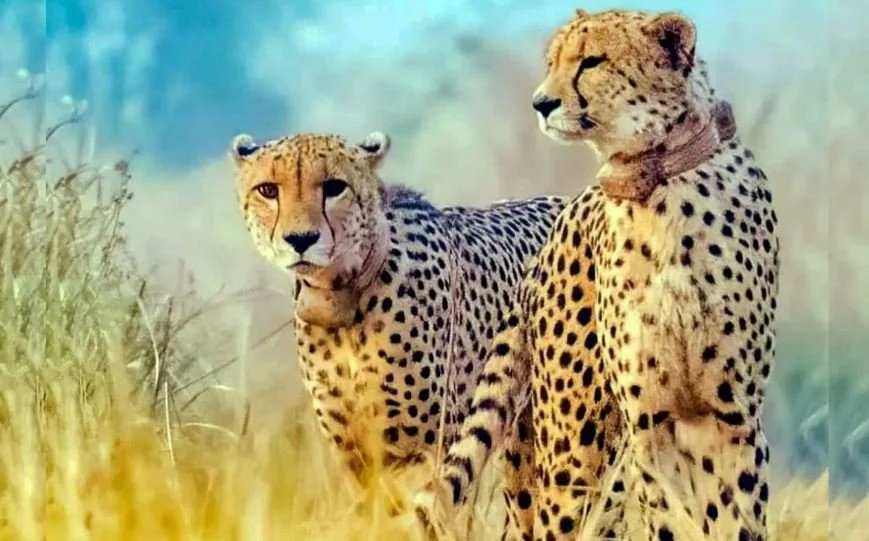What Ails the African Cheetahs Sent to India?
It’s been a year since African cheetahs were brought to India in an attempt to reintroduce the species that had been extinct on the subcontinent for 70 years. So far the project is going … not great.
The first group of eight cheetahs from Namibia were released in Kuno National Park in September 2022, with another dozen delivered this year in February. Since March, nine of the 20 cheetahs, including three cubs, have died of various causes.
The first to go was Sasha, a female, who died from a pre-existing medical condition. Then came the unexplained death of Uday, a male, in April. Another female cat named Daksha died “in a violent mating incident,” according to Time. The cubs succumbed to malnutrition and dehydration, the rest done in by “various factors including humidity, maggot infestations, and infections caused by the radio collars.”
In August, South African and Namibian experts on the national cheetah project steering committee wrote to India’s Supreme Court to express their dismay over Project Cheetah’s mismanagement. Some of the deaths “could have been prevented by better monitoring of the animals and more appropriate” and timely veterinary care.
Laurie Marker, the executive director of the Cheetah Conservation Fund, which is also advising the India project, took a more sanguine view. “The past year has been marked by challenges that have tested our resolve and pushed us to innovate,” she wrote in August. “As we embark on the project’s second year, our focus remains resolute: to ensure the cheetah’s survival, in the wild, in India.”
After a tough first year, Project Cheetah remains committed to the cause. The plan is to bring a dozen or so more cats to India each year for five years until a population of about 40 can be established. Here’s hoping they can learn from the travails and hard luck they’ve experienced so far.
Donate to the Cheetah Conservation Fund here.
Photo credit: News Drum







